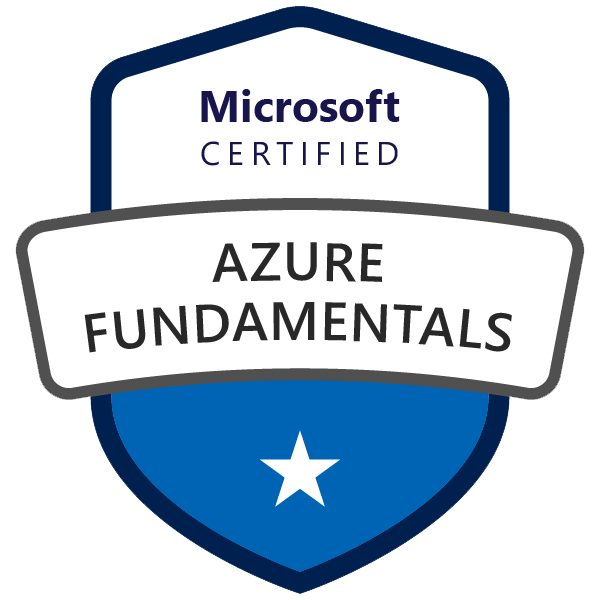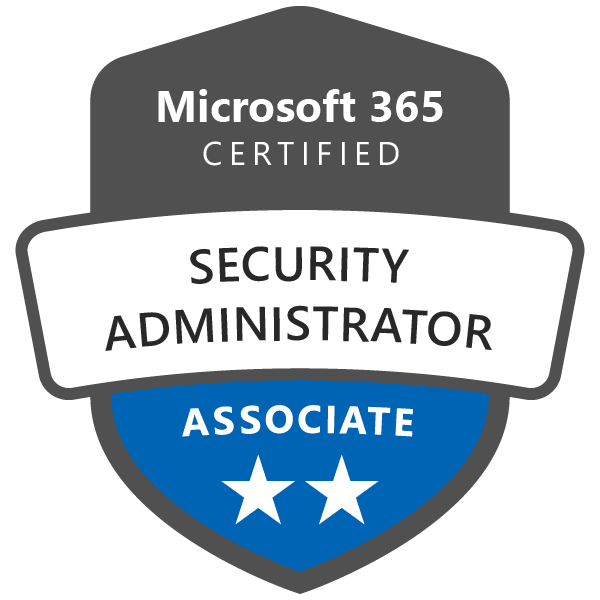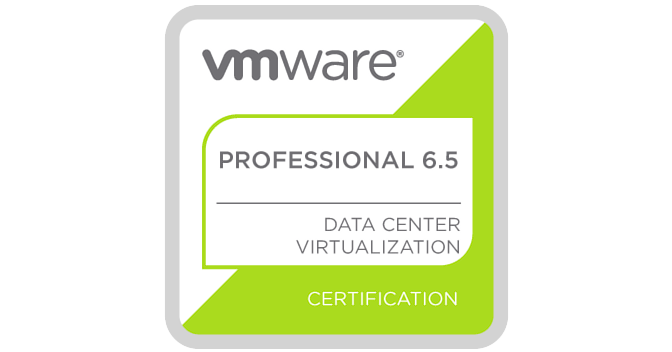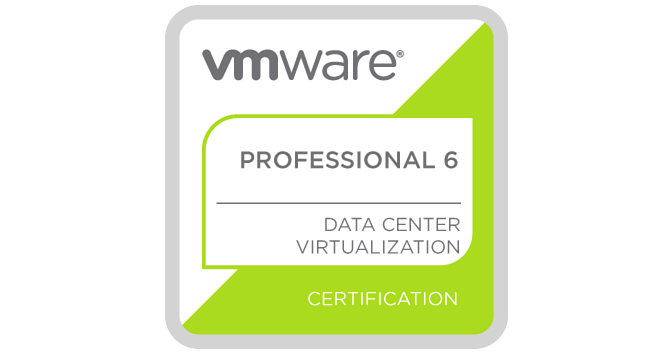Having reliable Wi-Fi at home has become more important than ever - it’s the backbone of everything from work and study to streaming and gaming. I’ve had my fair share of challenges with patchy connections and frustrating dead zones, and I know I’m not alone. Whether you’re in a cozy apartment or a sprawling house, setting up your Wi-Fi to cover every corner can feel like a puzzle. Through trial and error (and a few tech tweaks), I’ve picked up some practical tips to make it work, and I’m excited to share them with you in this guide. Let’s get your Wi-Fi running like a dream!
Understanding Your Wi-Fi Needs
Before you dive into setting up your network, take a moment to assess your needs:
- Devices: How many phones, laptops, smart TVs, and IoT devices are connected?
- Usage: Are you streaming in 4K, gaming online, or joining frequent video calls?
- Layout: Large homes in areas like Mosman and Willoughby often have multiple floors and thick walls, which can block Wi-Fi signals.
Knowing these factors will help you choose the best equipment and configuration for your space.
Choosing the Right Router
Investing in a high-quality router is crucial for homes with larger layouts. Here’s what to look for:
- Wi-Fi 6 (802.11ax): The latest standard offers better speed, range, and device handling.
- Antennas & MIMO: Routers with multiple antennas and multi-user, multiple input/multiple output (MU-MIMO) technology distribute bandwidth more efficiently.
- Beamforming Technology: Ensures your signal is directed toward connected devices rather than spreading randomly.
These features are ideal for large houses or apartments and can greatly improve connectivity in challenging areas.
Best Practices for Router Placement
The placement of your router significantly impacts performance:
- Central Location: Position the router in the middle of your home for balanced coverage. For multi-floor homes, place it on the middle floor.
- Avoid Obstacles: Keep it away from thick walls, large appliances, and enclosed spaces like cabinets.
- Elevate the Router: Placing it on a shelf or wall mount can improve the signal's reach.
For homes with concrete walls or extensive layouts, consider adding extra hardware such as Wi-Fi extenders or mesh systems.
Configuring Your Wi-Fi Network: Step-by-Step
Follow these simple steps to set up your Wi-Fi network:
- Connect Hardware: Plug your modem into the router with an Ethernet cable and power them on.
- Access Router Settings: Connect a device to the router's default Wi-Fi network and enter its IP address (found on the router or manual) into a browser.
- Login: Use the default username and password (usually printed on the router) to access the admin panel.
- Personalize Your Network:
- Change the default network name (SSID) and password to something unique and secure.
- Enable WPA3 encryption for enhanced security.
- Save and Reboot: Apply your settings and restart the router if prompted.
Eliminating Dead Spots with Wi-Fi Extenders or Mesh Wi-Fi Systems
Even with a high-quality router placed in an optimal location, certain areas in your home might still suffer from poor connectivity. This is especially common in large houses or apartments with thick walls, multiple floors, or complex layouts, as often found in Mosman, Willoughby, and Lane Cove. To ensure every corner of your home is covered, you can use Wi-Fi extenders or invest in a mesh Wi-Fi system. Here's how each solution works and what to consider:
Wi-Fi Extenders: Affordable and Effective for Small Areas
Wi-Fi extenders, also known as repeaters, are a cost-effective way to address dead zones. They work by receiving your router's signal and rebroadcasting it to extend coverage.
When to Use Wi-Fi Extenders:
- You have only a few small dead zones, such as a bedroom or study located far from the router.
- Your home is relatively straightforward in layout, with no more than one or two problem areas.
Advantages:
- Budget-Friendly: Extenders are often less expensive than mesh systems, making them a good choice for those on a budget.
- Quick Setup: Most extenders are plug-and-play and can be configured in minutes using a smartphone app or web interface.
Limitations:
- Separate Network: Many extenders create a separate network (e.g., “YourNetwork_EXT”), which requires devices to switch manually between the router and extender.
- Reduced Speeds: The rebroadcasted signal is often weaker and slower than the original.
Wi-Fi extenders are best suited for smaller homes or apartments where extending coverage to one or two rooms is sufficient.
Mesh Wi-Fi Systems: Seamless Coverage for Larger Homes
Mesh Wi-Fi systems are the go-to solution for large properties with challenging layouts. They use multiple devices, called nodes, that work together to create a single, unified network. Each node communicates with the others to provide consistent Wi-Fi coverage throughout your home.
When to Use Mesh Wi-Fi Systems:
- Your home has multiple floors or thick concrete walls that block signals.
- You experience connectivity issues in several areas, such as upstairs bedrooms or outdoor spaces.
- You want a seamless Wi-Fi experience without the hassle of switching networks.
Advantages:
- Unified Network: Mesh systems maintain a single network name (SSID) for your entire home, allowing devices to switch nodes automatically as you move around.
- Scalability: Start with a basic kit (usually two or three nodes) and add more nodes as needed for larger areas.
- Smart Performance: Many mesh systems use AI to optimize traffic flow and ensure consistent speeds across devices.
- Modern Features: Mesh systems often include parental controls, guest networks, and compatibility with smart home devices.
Popular Mesh Wi-Fi Options:
- Google Nest Wi-Fi: Known for its sleek design and ease of use, ideal for beginners.
- Eero by Amazon: Offers excellent coverage and simple app-based management.
- Netgear Orbi: A high-performance option for homes with heavy internet usage or multiple 4K streams.
- TP-Link Deco: Affordable and reliable, perfect for those looking for value.
Considerations:
- Higher Cost: Mesh systems are more expensive than extenders, but their reliability and features justify the investment.
- Setup Time: While setup is still straightforward, configuring a mesh system takes slightly longer than a single extender.
Why Mesh Wi-Fi is Superior for Large Properties
While Wi-Fi extenders can help in specific scenarios, mesh systems offer a more robust and scalable solution for large or complex homes. They eliminate the limitations of extenders by ensuring:
- A seamless user experience with no need to switch networks.
- Consistent speeds across all areas, even when multiple devices are connected.
- Better management of network traffic, making them ideal for families with high internet usage.
For homes in Mosman, Willoughby, and Lane Cove—where properties are often expansive or architecturally complex—a mesh Wi-Fi system provides the reliability and performance needed to stay connected in every corner.
By choosing the right solution for your home, whether it's a Wi-Fi extender for small problem areas or a mesh system for comprehensive coverage, you can eliminate dead zones and enjoy a fast, stable internet connection wherever you need it.
Keep Your Router Firmware Updated
Regular firmware updates improve your router’s performance and security. Most routers offer an auto-update feature; if not, check the manufacturer’s website periodically for updates. Staying updated ensures compatibility with modern devices and fixes any known issues.
Choosing the Right NBN Provider
Selecting the right NBN provider is a critical step in ensuring a fast and reliable internet connection, especially in areas with diverse housing layouts and high internet demands. Providers offer varying plans, features, and levels of support, so it’s essential to weigh the pros and cons before making a decision. Below is a detailed comparison of popular NBN providers and their offerings:
| Provider | Pros | Cons |
|---|---|---|
| Telstra | - Wide coverage and highly reliable service. - Bundled options for mobile and entertainment. - Smart Modem with 4G backup ensures uninterrupted connectivity. |
- Generally more expensive than other providers. - Customer support can be inconsistent. |
| Optus | - Competitive pricing with bundled plans. - Includes Optus Sport for sports enthusiasts. |
- No 4G backup like Telstra. - Customer support quality can vary. |
| TPG | - Affordable plans with unlimited data. - Reliable in urban areas. |
- Limited coverage compared to larger providers. - Lacks extras like entertainment bundles. |
| Aussie Broadband | - Australian-owned with excellent local customer support. - Custom-built network for stability and performance. |
- Higher pricing than some competitors. - No added extras like entertainment bundles. |
| Vodafone | - Budget-friendly plans with 4G backup. - Discounts for bundling mobile services. |
- Smaller coverage area. - Speeds and performance can vary. |
| iiNet | - Affordable plans with Fetch TV options. - Positive reputation for customer support. |
- Speeds may fluctuate depending on location. |
| Superloop | - High-speed performance with no lock-in contracts. - Australian-based customer service. |
- Lacks bundled extras like entertainment packages. - Limited brand recognition. |
Key Takeaway
When choosing an NBN provider, consider your specific needs—whether it’s speed, coverage, or bundled services. For larger households with heavy usage, reliability and 4G backup might be priorities, while budget-conscious users may opt for affordable plans with fewer frills. Conducting research and reading reviews for your specific area can further guide your choice to ensure optimal internet performance.
Final Thoughts
Setting up a reliable Wi-Fi network in Sydney’s larger homes and apartments doesn’t have to be overwhelming. By choosing the right equipment, strategically placing your router, and leveraging solutions like mesh systems, you can enjoy seamless connectivity throughout your property. Pair your setup with a suitable NBN provider for an even better experience.
Whether you’re streaming a movie in Mosman, attending a Zoom call in Willoughby, or gaming in Lane Cove, a well-configured Wi-Fi network will keep you connected wherever you are.
















